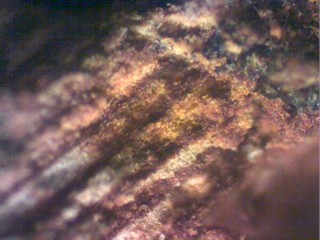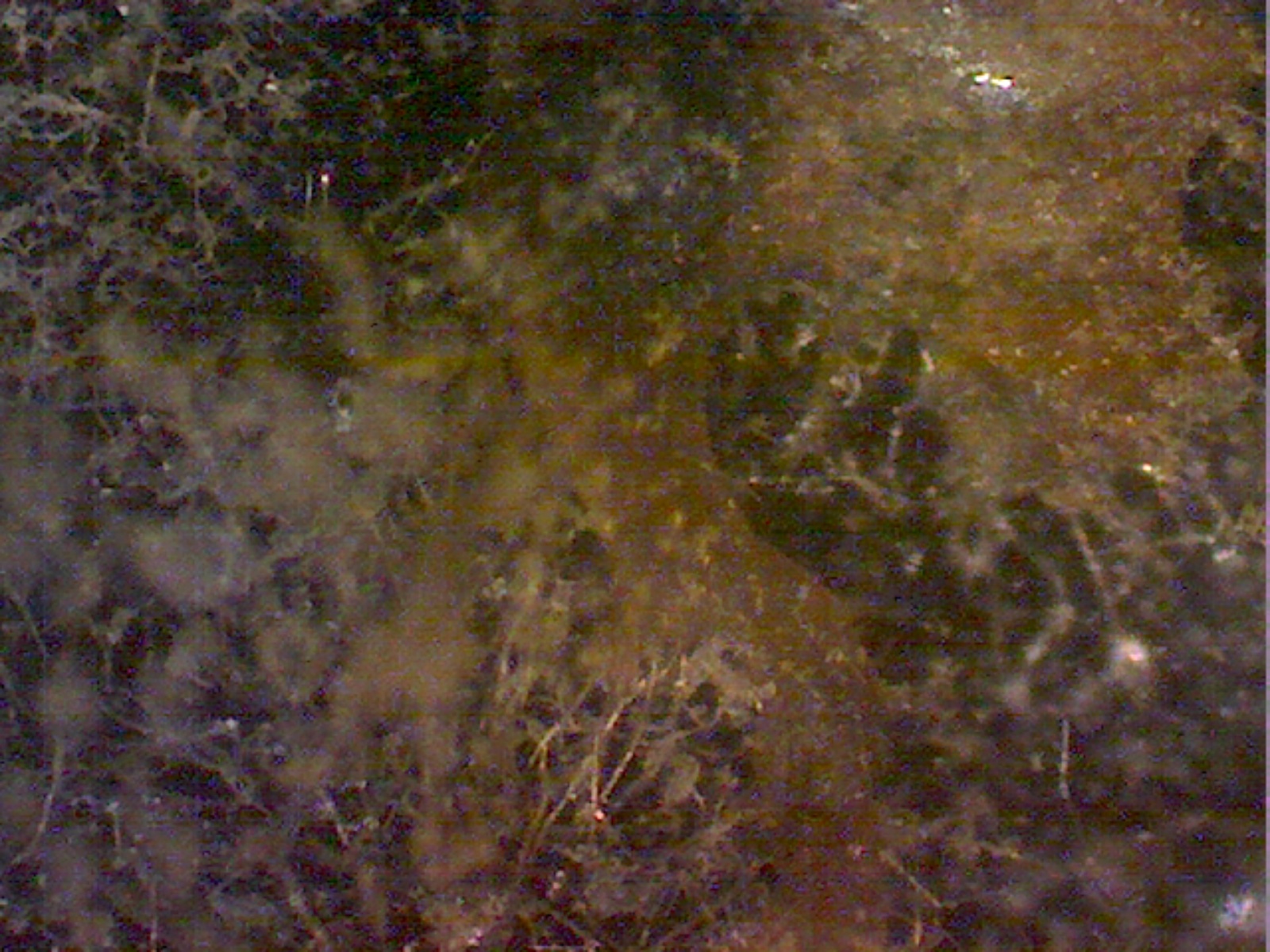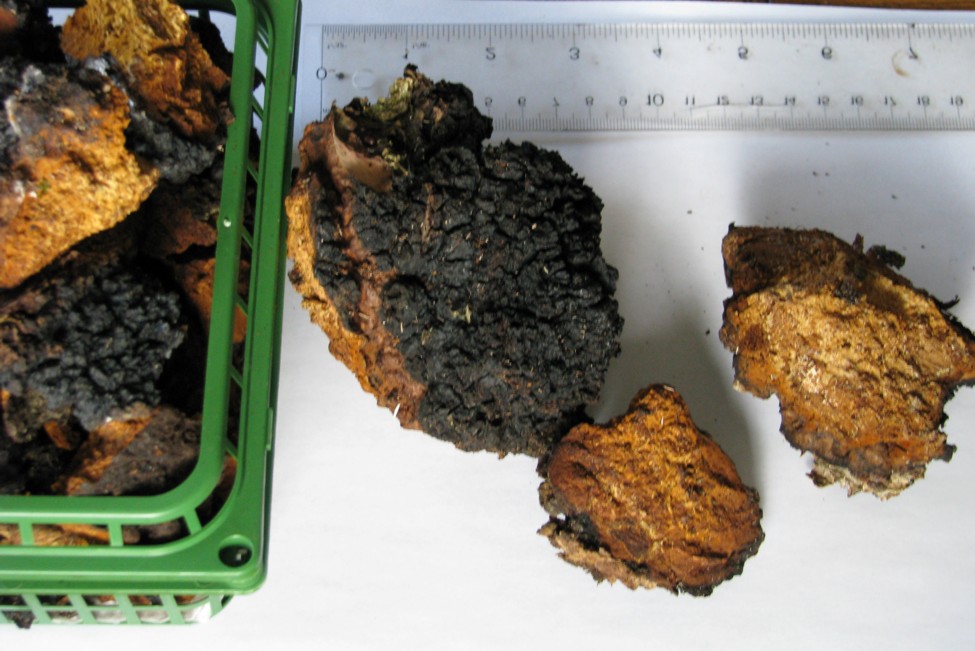This fungus has been harvested for its medicinal properties in North Eastern Russia, Korea and Western China for several centuries. The 'Chaga' moniker has its origins in Russia. Recent examination of the aqueous and alcohol extractions from the fungus have been examined using organic chemistry identification spectroscopy methods. I refer the interested reader to a review of the medicinal uses of Chaga in Surthrival by Arthur Haines and a technical paper on the chemistry of the fungus by H. Hu et al. published in the Journal of Bioscience and Bioengineering Vol 107 No.1, 42-48 2009 " Comparative study of antioxidant activity and antiproliferative effect of hot water and ethanol extracts from the mushroom Inonotus obliquus" There is reliable evidence available indicating that the antioxidants in 'Chaga' extracts are capable of repairing damage to the skin caused by exposure to ultra violet rays of the sun. The antioxidants include Superoxide Dismutase an enzyme, also used by human biology to neutralize superoxides. Unfortunately this enzyme is not able to survive the acid levels of the human stomach and so a topical application of the extract is more likely to assist in the repair of sun damaged skin.
The fungus appears as a rough black cancerous growth on white birch Betula papyrifera. The tree is in mortal combat with the fungus and as the tree attacks the fungus' with peroxides, the fungus in return quenches the superoxides produced by the peroxide with potent forms of antioxidants. These antioxidants including superoxide dismutase are the basis of much of the health benefits of Chaga extracts. Antiproliferative effects attributed to Chaga extracts have not been thoroughly analyzed but there is enough anecdotal evidence to suggest that there is a compound present that may deter rampant cell growth. If such a compound is present, it would make sense that it is found in the birch tree cells as the tree attempts to impede the cell growth of the fungal cells as they penetrate the tissue of the tree.
The Chaga was collected as it naturally occurs on birch trees in the North Bay area by our biologist Jane Agnew BSc Biology, Chemistry minor. The extracts are produced in Jane's small laboratory using vitreous borosilicate laboratory glassware so that no contaminants enter the extract. Glass buchner filter funnels with ceramic and laboratory ashless paper filters are used in the filtering process. The extractions are heated to 70 - 80o centigrade and monitored to insure that these temperatures are not exceeded as this could harm any natural enzymes present in the solution. The extracts are evaporated at the same temperatures in order to concentrate the extract.
The extract is currently being tested for it's antioxidant capacity. Jane's records of the quantities and concentrations of superoxide present after UV exposure of (-)-quinine will be used to measure the quenching capacity of the Chaga extract against the known quenching capacity of sodium azide. Nitroblue tetrazolium is used as an indicator dye. The blue concentration is directly related to the concentration of the superoxide anion present in the solutioon. Standard phosphate buffers at pH 7.4 will be used as solvents during this process. This research is in process and the results are not yet available.
There is concern for the movement of the raw Chaga fungus, as the fungal hypha are potentially able to continue growth and in fresh samples could contaminate an uninfected birch tree. The inoculation of a birch tree with the Chaga fungal hypha will lead eventually to the death of the tree. The battle between the fungus, Inonotus obluquus and the birch, Betula papyrifera is inevitably won by the fungus and the tree loses branches and eventually falls to the forest floor. There has been some debate about the fruiting form of this fungal specie and in the search for the illusive fruiting body of the Chaga fungus, our biologist has a contribution to the discussion. Jane has accepted the classification of this fungal form as Basidiomycete, and looked for a fruiting body that would lend itself to efficient distribution of spores from the fruiting body.
At about the 2 metre level on a white birch tree and 1 metre above a large rough black sclerotium ( the hardened hypha of the overwintering structure), this small semicircular body projected from the unmarred bark of the tree.
The pores were seen on the underside of the body and the upper surface was covered with the rough black hardened hypha typical of the sclerotium (hardened mycelia).
 Faceted shafts are seen extending from the pores at the surface downward into the body of the piece removed from the larger body. (40X)
Faceted shafts are seen extending from the pores at the surface downward into the body of the piece removed from the larger body. (40X)
Hypha (40X) grown from the piece removed from the surface of the larger body which had been immersed in a sucrose solution at pH 7 (PhosphateBufferSaline)for 5 days.
in a sucrose solution at pH 7 (PhosphateBufferSaline)for 5 days.
This leads to a confirmation of the danger of unmonitored movement of the fresh raw Chaga form. Caution should be used as an area of healthy uninfected birch trees could succumb to this fungal infection. There is no such danger in the movement of properly filtered extracts, as no hypha would be present and the alcohol and temperatures used in extraction would disable the spores if they were present.
 a recent collection. Tha capacity of the Chaga extract to quench superoxide radicals is currently being assessed in association with the known radical produced by quinine on exposure to sunlight. Tests will be conducted in 7.4 pH buffer solution to replicate the human serum conditions. As results of further analysis are available they will be posted on this site. We are selling a small 5ml vial of extract for16.60 on E-Bay and a 100ml bottle of extract for $45.00. We will contact you when your order is packed and shipping charges confirmed.
a recent collection. Tha capacity of the Chaga extract to quench superoxide radicals is currently being assessed in association with the known radical produced by quinine on exposure to sunlight. Tests will be conducted in 7.4 pH buffer solution to replicate the human serum conditions. As results of further analysis are available they will be posted on this site. We are selling a small 5ml vial of extract for16.60 on E-Bay and a 100ml bottle of extract for $45.00. We will contact you when your order is packed and shipping charges confirmed.
>Jane's Pottery